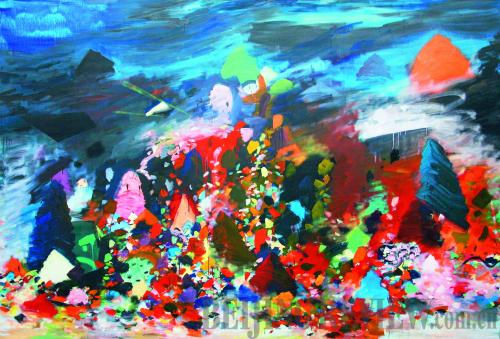|
 |
|
COURTESY PHOTO |
New trends
Li believes China's contemporary art scene is growing in sophistication, particularly in terms of management, which is becoming more localized. "The personal interest is much more than before. There are more people – smart people – who want to be a part of this," she says. In the 1990s and early 2000s when the art scene was just starting to take off, galleries were heavily staffed by foreigners. "They had experience. They knew about art," says Li. But there was a downside: "With a foreign [manager] it's very hard to introduce what's going on in the Chinese community. It's more than [issues of] language, it's the understanding of the community, of the society, of what's happening."
Today, Chinese students are studying art history and museum management. "I see a lot of change," says Li. "Now young Chinese have the opportunity and family support to go overseas to study, to observe foreign museums, to bring these observations back." This shift is reflected at UCCA where the center's team directors are all Chinese. "We still have lots of foreign staff, but their [hiring] requirements are much higher than before," says Li.
China's contemporary art scene is undergoing an aggressive yet measured metamorphosis. In response to the market's crash, galleries are restructuring and artists are producing at steadier rates. The year 2008 may have crippled those at the top of the contemporary art food chain, but its effects were temporary. At a Sotheby's auction in October, Zhang Xiaogang was again in high demand: His painting, Chapter of a New Century – Birth of the People's Republic of China II, sold for a record-breaking $6.7 million. |